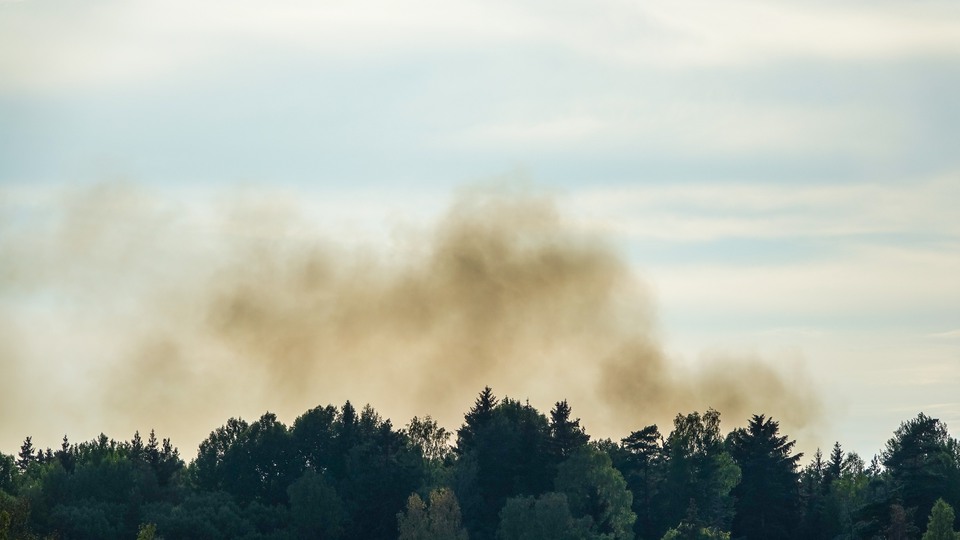- Start
- Modelling

Modelling – scenario analysis and visualisation
Models are used to integrate and interpret theoretical knowledge with results from experiments and monitoring and can support the decision-making process by providing predictions of future air pollution impacts under different scenarios.
Models help to synthesize knowledge, predict the future and to evaluate scenarios
In models, observations, the collected data, and process understanding are combined and used to generate information about the impact of air pollution on ecosystems, materials and health. Models address questions of whether the current agreements under the Convention promote an appropriate improvement. Models can also help identify regions where further reductions are required to achieve emissions targets to reach a specified surface water, air or forest soil quality.
Last updated: 2023-09-06

